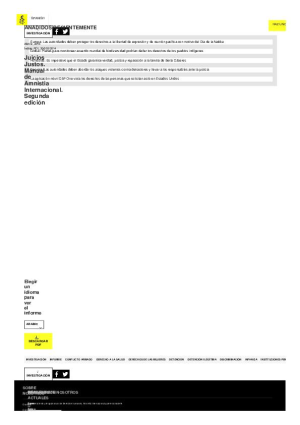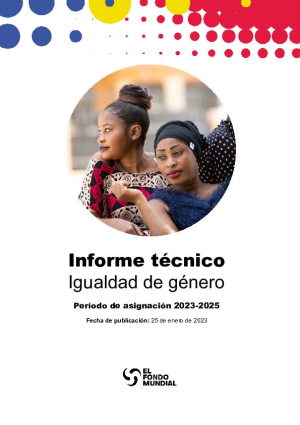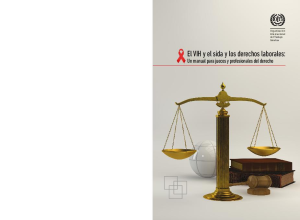Juicios Justos – Segunda edición
Este Manual pretende servir de guía práctica de las normas pertinentes de derechos humanos para todas aquellas personas que se ocupan de analizar en qué medida un proceso penal o sistema de justicia cumple las normas internacionales de justicia procesal. El propósito de la obra es que sea utilizada por quienes asisten a juicios en calidad de observadores y por quienes se ocupan de evaluar las garantías presentes en una causa concreta, así como por quienquiera que desee comprobar si el sistema de justicia penal de un país concreto garantiza el respeto de las normas internacionales para la celebración de juicios justos. También puede resultar útil a título orientativo o como instrumento de formación para legisladores, jueces, fiscales y abogados defensores.
Informe técnico VIH, derechos humanos e igualdad de género
El objetivo del presente informe técnico es ayudar a los solicitantes del Fondo Mundial a incluir y ampliar programas concretos y efectivos dirigidos a eliminar los obstáculos relacionados con los derechos humanos en los servicios de prevención, diagnóstico y tratamiento del VIH. El informe explora los obstáculos en el acceso y la utilización de los servicios del VIH que estos programas ayudan a eliminar, incluida la penalización del VIH.
El VIH y el sida y los derechos laborales: Un manual para jueces y profesionales del derecho
El propósito de este manual es ayudar a los jueces y profesionales del derecho en el manejo de cuestiones relacionadas con el VIH y el sida, con un énfasis en el empleo y la ocupación. Proporciona información acerca de las leyes nacionales e internacionales pertinentes y su aplicación en los tribunales nacionales de diversas tradiciones y marcos jurídicos.
Numerosos Jueces ilustres se reúnen para tratar el VIH, los derechos humanos y la legislación
Describe un encuentro de unos 30 jueces de los más altos tribunales nacionales de 16 países de la región de Asia y Pacífico. En la reunión se trató el papel del poder judicial en la respuesta al VIH. También se debatió sobre qué medidas específicas se pueden adoptar para crear un entorno jurídico y social más favorable para las personas con el VIH o están en situación de vulnerabilidad frente al mismo en la región.



